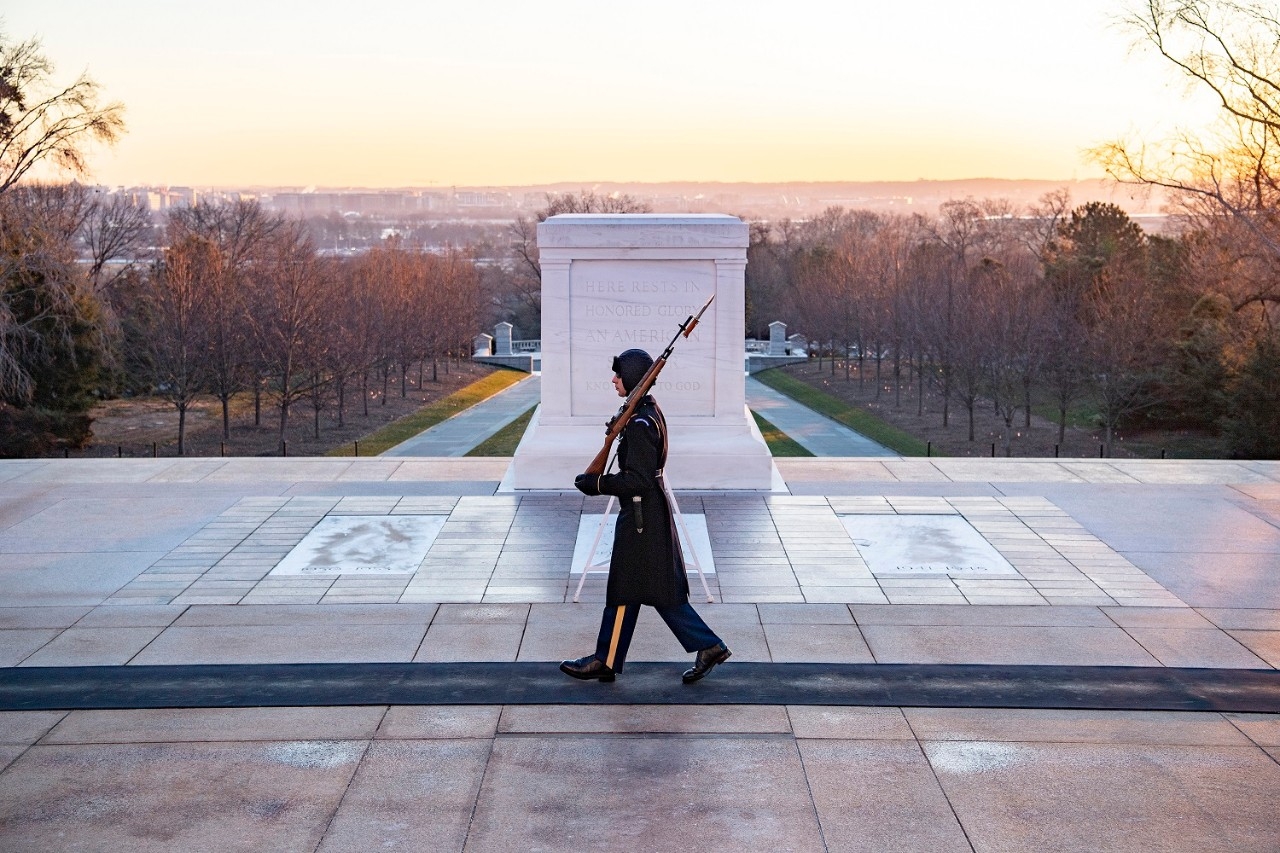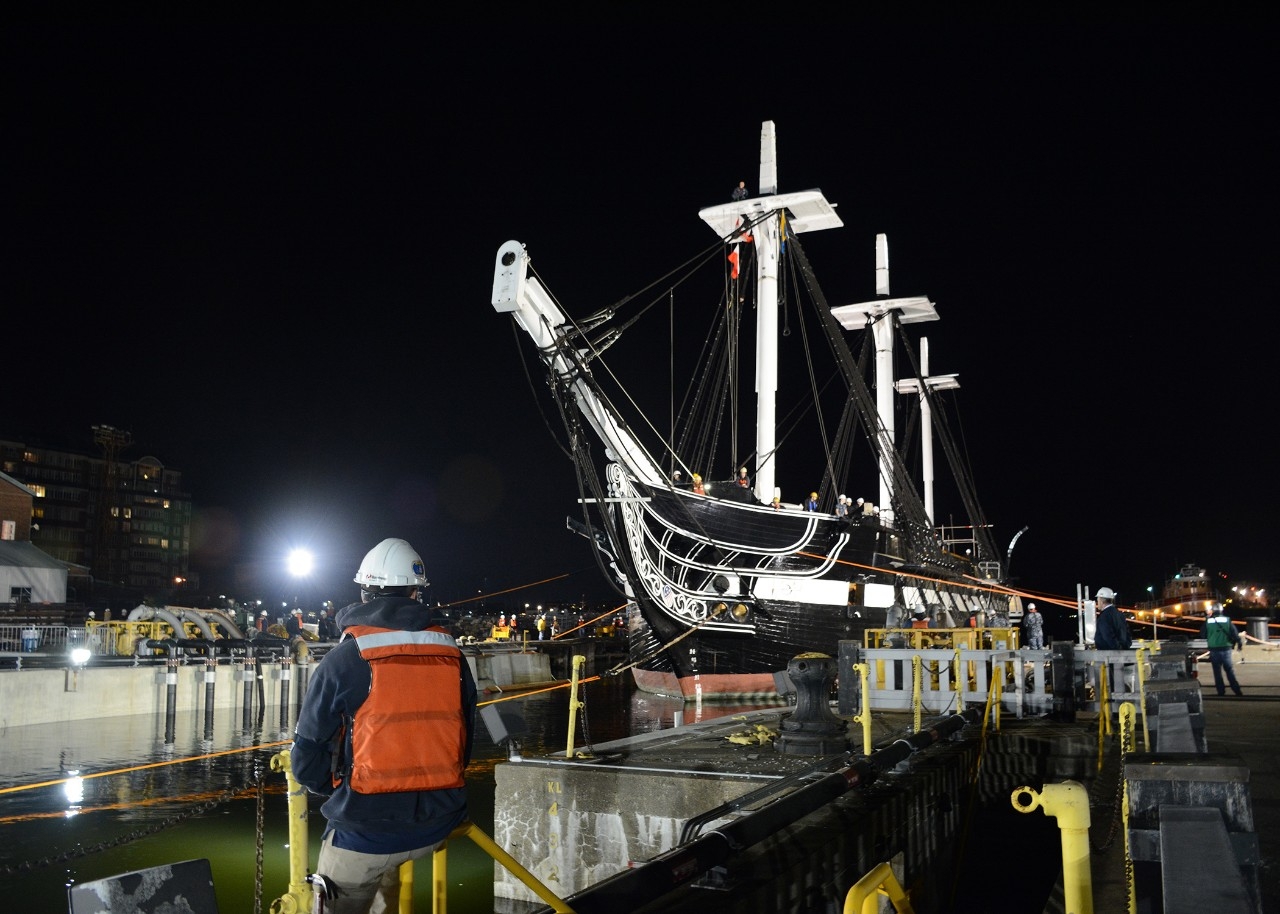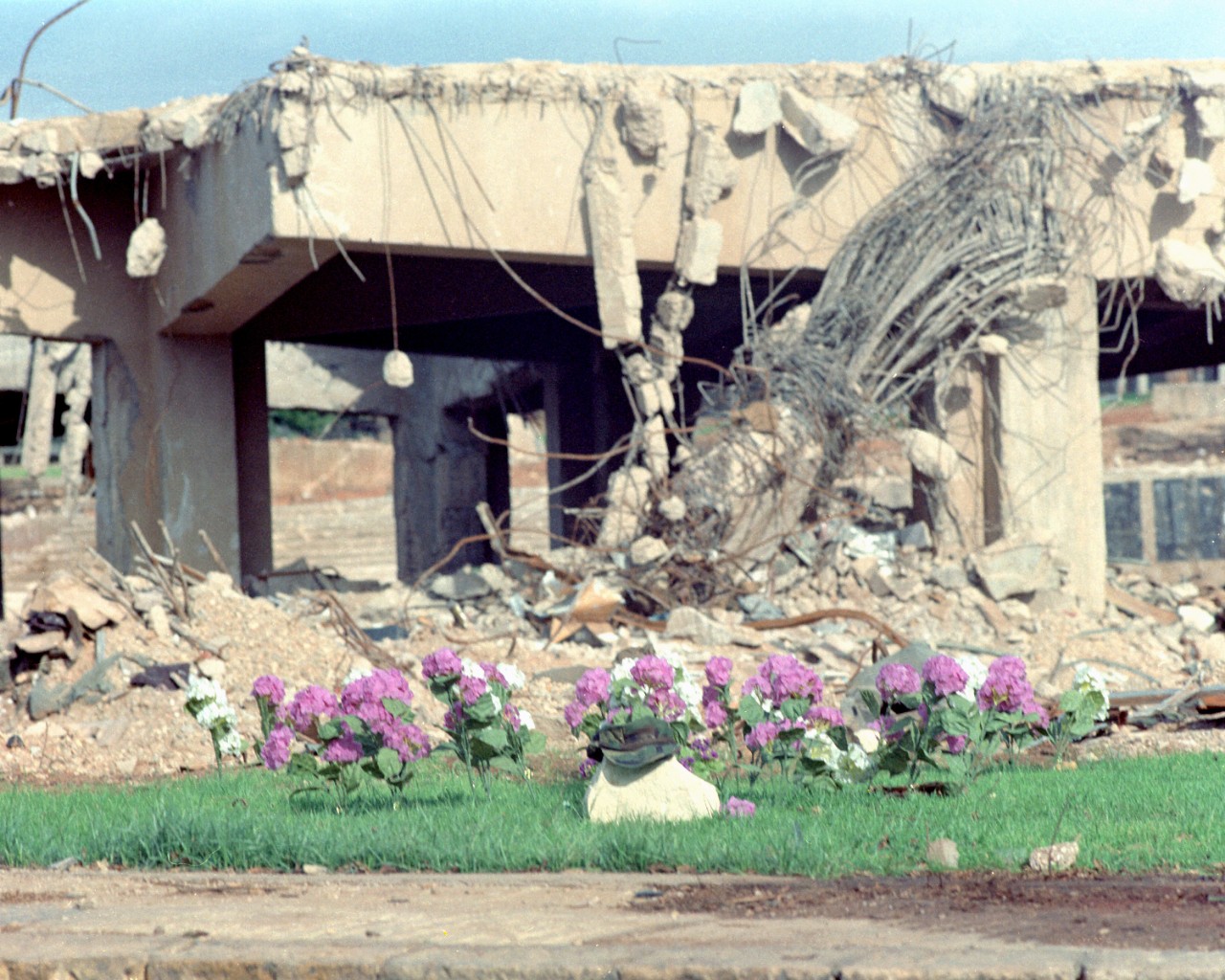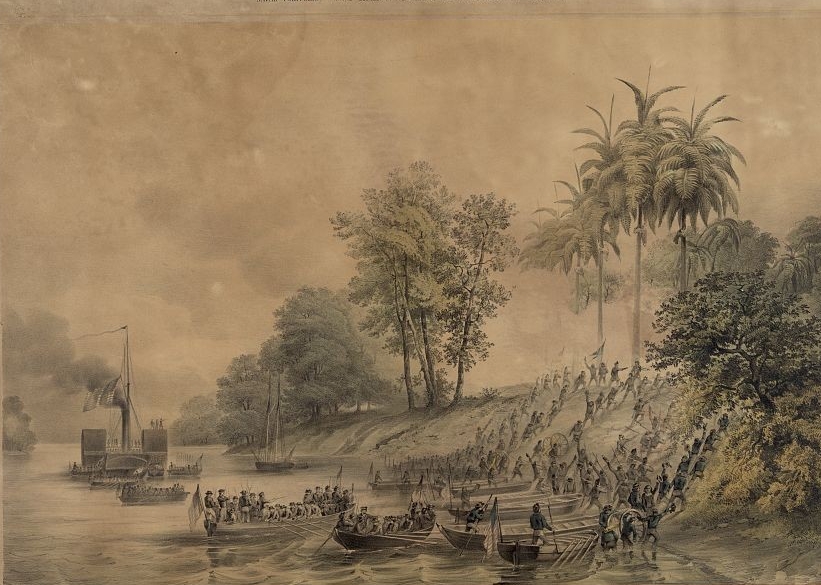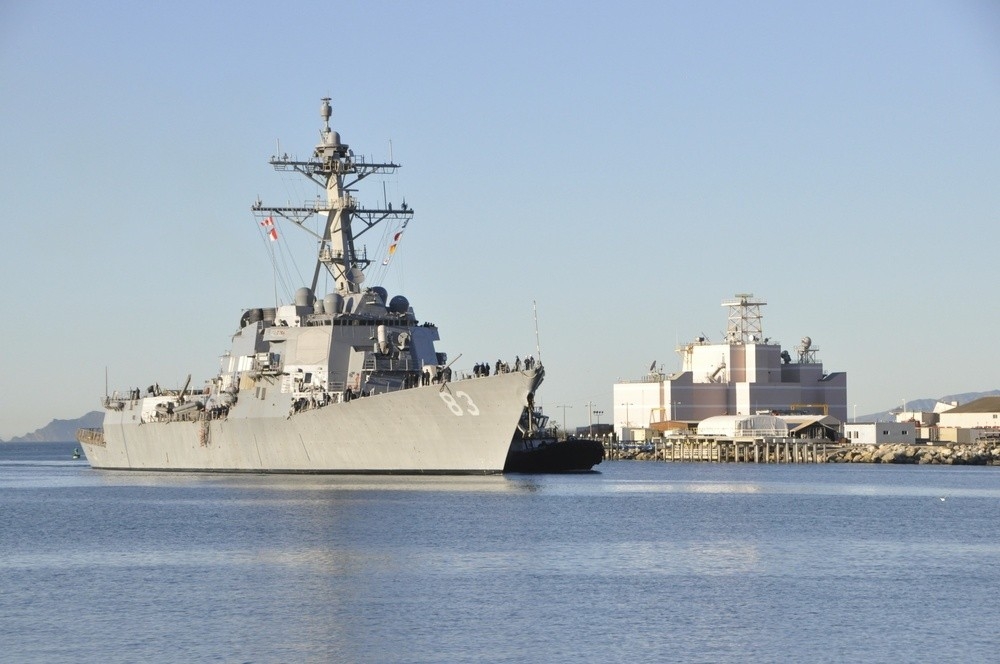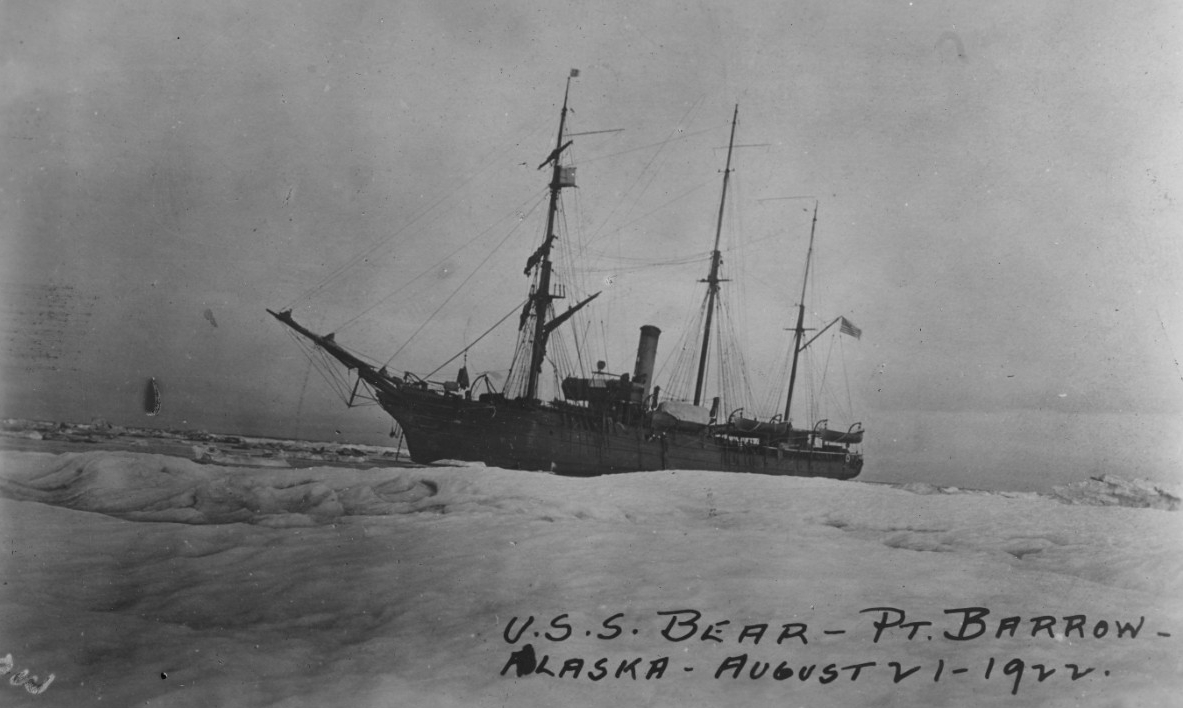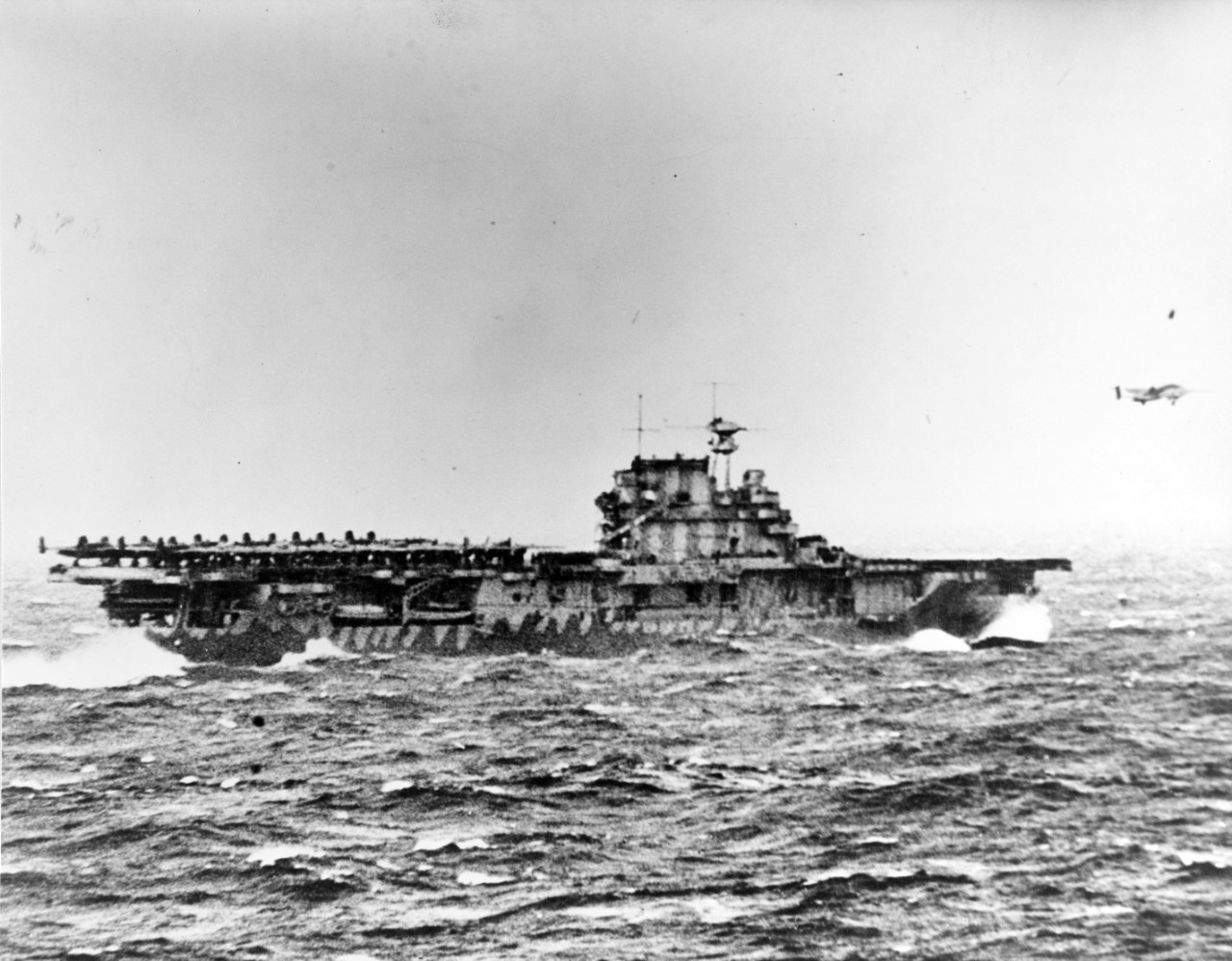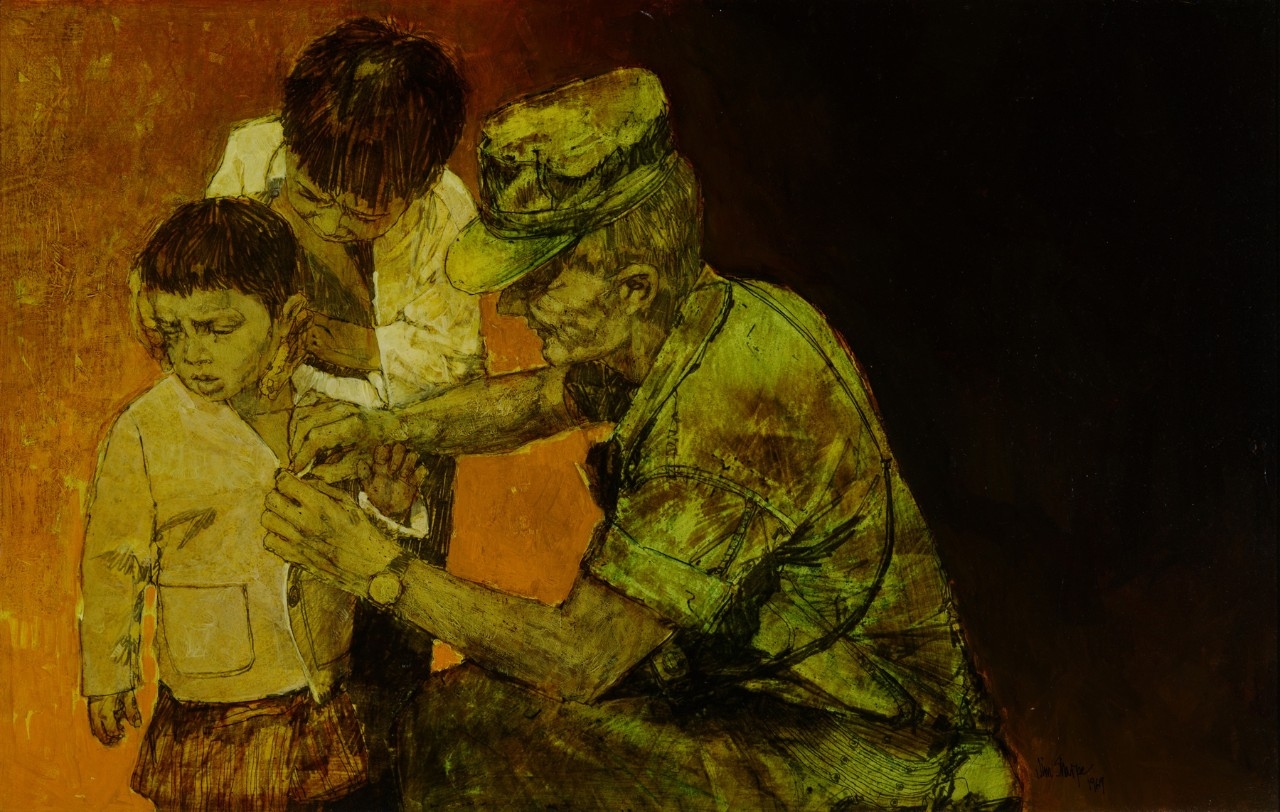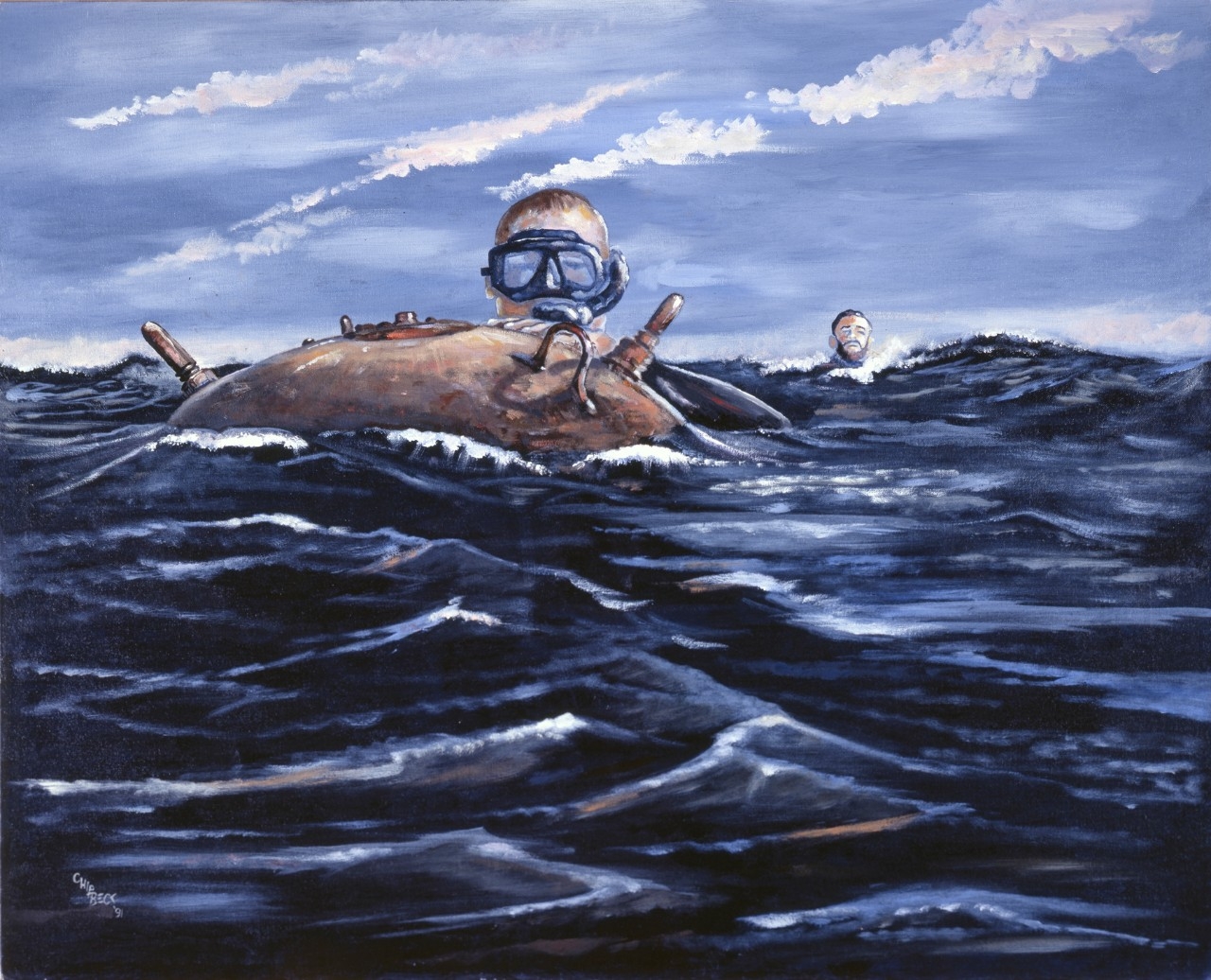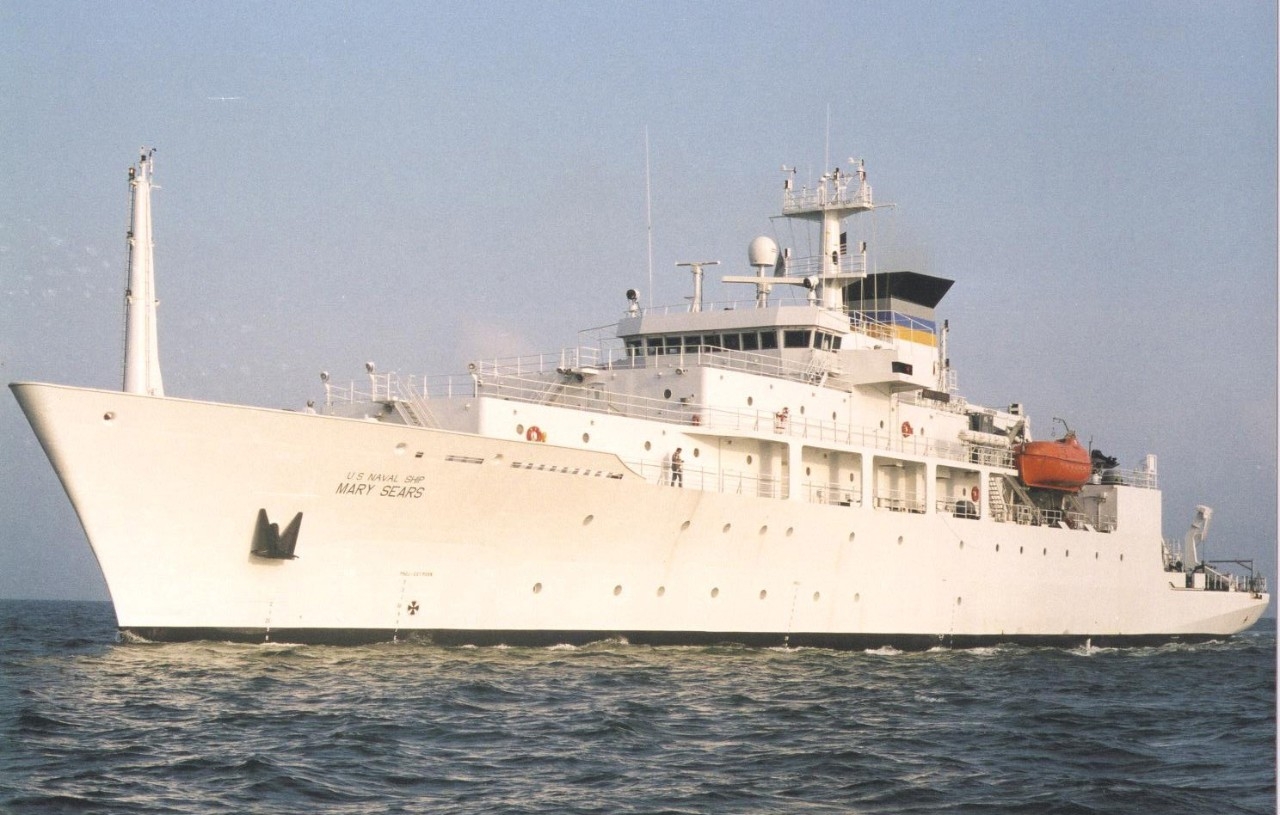Compiled by Brent Hunt, Naval History and Heritage Command’s Communication and Outreach Division
Public Can Lay Flowers on the Tomb of the Unknown Soldier for First Time in 100 Years
For the first time in nearly a century, members of the public will be able to lay flowers directly in front of the Tomb of the Unknown Soldier. Arlington National Cemetery is scheduled to hold a two-day event on Nov. 9–10, dubbed, “The Tomb of the Unknown Soldier Centennial Commemoration Public Flower Ceremony.” It’s a rare opportunity to approach the tomb, a privilege usually reserved to the sentinels of the 3rd U.S. Infantry Regiment, “The Old Guard.” The ceremony is part of the commemoration of the tomb’s centennial. “As the stewards of the Tomb of the Unknown Soldier, it’s our honor to lead the centennial commemoration of this site,” said Karen Durham-Aguilera, executive director of Army National Military Cemeteries and Arlington National Cemetery in a statement. “The Tomb has served as the heart of Arlington National Cemetery. It is a people’s memorial that inspires reflection on service, valor, sacrifice, and mourning. As a sacred memorial site and the grave of three unknown American service members, the Tomb connects visitors with the legacy of the U.S. armed forces throughout the nation’s history.” For more, read the article.
NHHC’s Detachment Boston Established—30 Years Ago
Following the closure of the Boston Navy Yard and the disestablishment of the Supervisor of Shipbuilding’s Office, the Naval Historical Center Detachment Boston was established on Oct. 25, 1991, to maintain and repair frigate Constitution. The origins of what is now known as NHHC Detachment Boston can be traced back to September 1897, when “Old Ironsides” returned to Boston for the 100th anniversary of her Oct. 21, 1797, launch. In 1954, Public Law 523 authorized the Secretary of the Navy “to repair, equip, and restore the United States ship Constitution as far as may be practicable, to her original condition, but not for active service, and thereafter to maintain the United States ship Constitution at Boston, MA.” Today, Constitution remains the world’s oldest commissioned warship afloat.
Beirut Bombing
On Oct. 23, 1983, two truck bombs struck separate buildings in Beirut, Lebanon, housing U.S. Marines and French forces, killing nearly 300 American and French service members. It was the single deadliest day in U.S. Marine Corps history since World War II’s Battle of Iwo Jima. The Marines were in Lebanon to establish a presence in Beirut, providing the stability necessary for the Lebanese government to regain control of the capital city and train the Lebanese armed forces to become strong enough to protect itself. After some tense moments following the attacks, President Ronald Reagan ordered the Marines to withdraw to Sixth Fleet ships offshore. By Feb. 23, the Marines began movement to rejoin their supporting ships, ending 17 months of continuous operations in the country. For more, check out the Lebanon—They Came in Peace page at NHHC’s website.
First Tabasco Expedition Began—175 Years Ago
On Oct. 23, 1846, the first Tabasco expedition began led by Commodore Matthew C. Perry. Perry, who replaced Commodore David Conner as commander of the Home Squadron, had previously suggested the action to capture cities along the Tabasco coastline to tighten American control and interrupt commerce and military supply operations. Perry first captured Frontera on Oct. 23 and moved upriver finding Tabasco the next morning. By late afternoon, the squadron had captured five Mexican vessels. However, by nightfall, Mexican Lt. Col. Juan B. Traconis’ 700 men had returned to the city and barricaded themselves inside buildings. Traconis received a delegation of U.S. Marines, who requested their surrender, but responded, “Tell Commodore Perry that I would sooner die with my garrison before handing over this place.” Perry realized that bombing the city would hurt noncombatants, so he decided to retreat back to Frontera the following day. The next morning, Mexican troops began firing on Perry’s squadron, who subsequently replied. After some back and forth, the flagpole of the Mexican headquarters fell and Perry perceived it as surrender. Perry sent a delegation to investigate, however Traconis fixed the flag to the tower of a Church and the fighting recommenced. Foreign merchants requested a ceasefire and Perry complied. He departed the area and continued on to Frontera. The following year, a second Tabasco expedition took place that was much more successful. For more on the Mexican-American War, visit NHHC’s website.
Howard Commissioned—20 Years Ago
On Oct. 20, 2001, USS Howard was commissioned at Galveston, TX. She is the first U.S. Navy ship named in honor of U.S. Marine Corps 1st Sgt. Jimmie E. Howard, who received the Medal of Honor for his heroic actions during the Vietnam War. On June 16, 1966, while serving as the leader of a platoon from Company C, 1st Reconnaissance Battalion, 1st Marine Division, Howard and his men were operating as forward observers deep in enemy territory on Hill 488. Shortly after midnight, a battalion size enemy element approached the Marines position and launched a vicious attack with small arms, automatic weapons, and mortar fire. Facing overwhelming odds, Howard skillfully organized the Marines into a tight perimeter and throughout the night fended off assault after assault. His leadership was largely responsible for preventing the loss of his entire platoon. Howard was also awarded the Silver Star during the Korean War and received the Purple Heart three times during his illustrious career. His namesake ship is the 33rd Arleigh Burke-class destroyer in the U.S. Navy. Howard’s diverse combat capability is orchestrated by the AEGIS Weapon System—the only fully integrated electronic detection, engagement, and fire control system in the world today. She is homeported in San Diego.
Wreck Found in Atlantic is Storied Cutter Bear
Officials from the U.S. Coast Guard and the National Oceanic and Atmospheric Administration announced recently they are now “reasonably certain” a wreck discovered in 2019 is U.S. Revenue Cutter Bear. The ship sank in 1963 about 260 miles east of Boston as it was being towed to Philadelphia. Bear served more than four decades patrolling the Arctic, performing search and rescue, law enforcement operations, conducting censuses of people and ships, recording geological and astronomical information, recording tides, and escorting whaling ships. In 1884, Bear took part in the search for the ill-fated Arctic expedition led by Army Lt. Adolphus Greely. “During Bear’s 40-year career in Alaska, the cutter performed some of the most daring and successful Arctic rescues in history,” said William Thiesen, the Coast Guard Atlantic Area’s official historian. “And when malnourished Native Americans needed food, Bear brought it. When stranded whalers needed rescue, Bear saved them. One hundred years ago when thousands of Alaskans contracted the Spanish flu during the pandemic, Bear brought doctors and medicine.” For more, read the article.
Hornet Commissioned—80 Years Ago
On Oct. 20, 1941, USS Hornet was commissioned at Norfolk, VA, with Capt. Marc A. Mitscher in command. During World War II, the ship participated in the Doolittle Raid, the Battle of Midway, and the Solomons Campaign. On Oct. 26, 1942, during the Battle of Santa Cruz Islands, Hornet was severely damaged by the Japanese and was abandoned. Although U.S. destroyers attempted to scuttle her, Hornet remained afloat and was sunk by Japanese destroyers early the next morning.
Assistance for Victims of Typhoon Joan
On Oct. 25, 1970, amphibious assault ship Okinawa, dock landing ship Anchorage, and amphibious transport dock Duluth, with Sailors and Marines from shore establishments, completed four days of assistance following Typhoon Joan, which left more than 600 people dead and 80,000 without shelter across southern Luzon and Catanduanes Island, Philippines. CH-46 helicopters flew 70 relief sorties and delivered more than 65 tons of supplies. Navy and Marine Corps medical teams treated more than 1,000 patients following the massive hurricane. For more on the Navy’s Humanitarian Mission, visit NHHC’s website.
Webpage of the Week
This week’s Webpage of the Week is the Explosive Ordnance Disposal page, which highlights the bravery and technical skills of this elite Navy community. Prior to World War II, there were no formally trained bomb or mine disposal personnel, but the need became apparent when, in 1939, the British navy dismantled the first German magnetic mine that had washed up on the shores of Shoeburyness, England. In 1941, the U.S. Naval Mine School was established at Naval Gun Factory in Washington, DC, and subsequently, the Bomb Disposal School was established. Since its establishment, EOD has played a significant role in every major conflict. Today, Navy EOD is staffed with nearly 3,000 officers and enlisted personnel who are the world’s premier force for maritime mine countermeasures, counter-improvised explosive devices, weapons of mass destruction, and all other types of weaponry. For more, check out this page today. It contains a short history, suggested reading, and selected imagery.
Today in Naval History
On Oct. 19, 2000, USNS Mary Sears was launched at Halter Marine in Pascagoula, MS. Mary Sears is the sixth Military Sealift Command Pathfinder-class oceanographic survey ship. The ship proudly bears the name of legendary oceanographer Cmdr. Mary Sears. During World War II, Sears left a job she loved as a research assistant at the Woods Hole Oceanographic Institution to join the war effort. As a Navy lieutenant in the Women Accepted for Volunteer Emergency Service (WAVES), she was appointed head of the Navy Hydrographic Office’s new Oceanographic Unit where her research proved critical to the survivability of U.S. submarines. Her intelligence reports, “Submarine Supplements to the Sailing Directions,” predicted thermoclines—areas of rapid water temperature change. Submarines could hide in thermoclines to escape enemy detection by surface sonar. Her namesake ship supports worldwide oceanography programs, including performing acoustical, biological, physical, and geophysical surveys.
For more dates in naval history, including your selected span of dates, see Year at a Glance at NHHC’s website. Be sure to check this page regularly, as content is updated frequently.

